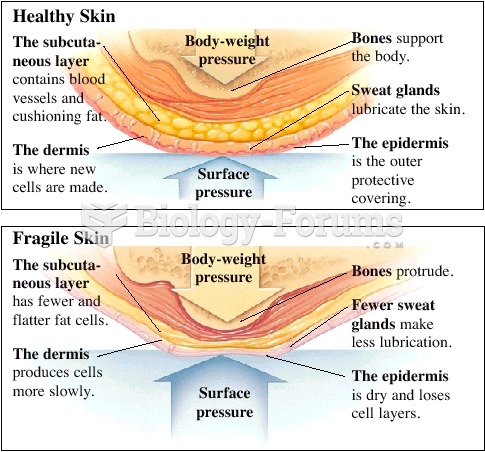Answer to Question 1
Among the most dangerous and illegal ergogenic practices is the taking of anabolic steroids. These drugs are derived from the male sex hormone testosterone, which promotes the development of male characteristics and lean body mass. Athletes who take steroids do so to stimulate muscle bulking. The known toxic side effects of steroids include, but are not limited to, extreme aggression and hostility, heart disease, and liver damage. Taking these drugs is a form of cheating. Other athletes are put in the difficult position of either conceding an unfair advantage to competitors who use steroids or taking steroids and accepting the risk of harmful side effects. Athletes, especially young athletes, should not be forced to make such a choice.
A wide range of athletes, including weightlifters, baseball players, cyclists, and track and field participants use HGH (human growth hormone) to build lean tissue and improve athletic performance. The athletes use HGH, believing the injectable hormone will provide the benefits of anabolic steroids without the dangerous side effects. Taken in large quantities, HGH causes the disease acromegaly, in which the body becomes huge and the organs and bones overenlarge. Other effects include diabetes, thyroid disorder, heart disease, menstrual irregularities, diminished sexual desire, and shortened life span.
Answer to Question 2
Endurance athletes can easily lose 1.5 liters or more of fluid during each hour of activity. To prepare for fluid losses, a person must hydrate before activity; to replace fluid losses, the person must rehydrate during and after activity. Even then, in hot weather, the GI tract may not be able to absorb enough water fast enough to keep up with sweat losses, and some degree of dehydration may be inevitable. Athletes who know their body's hourly sweat rate can strive to replace the total amount of fluid lost during activity to prevent dehydration.
Athletes who are preparing for competition are often advised to drink extra fluids in the days immediately before the event, especially if they are still training. The extra water is not stored in the body, but drinking extra water ensures maximum hydration at the start of the event. Full hydration is imperative for every athlete both in training and in competition. The athlete who arrives at an event even slightly dehydrated begins with a disadvantage.
Time Recommended Intake
>4 hours before activity 1 oz/10 lb
2 hours before activity, if heavy sweating is expected Add 0.6 oz/10 lb
Every 15 min during activity Drink enough to minimize loss of body weight, but don't drink too much
After activity >2 cups for each pound of body weight lost







